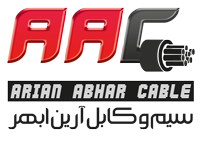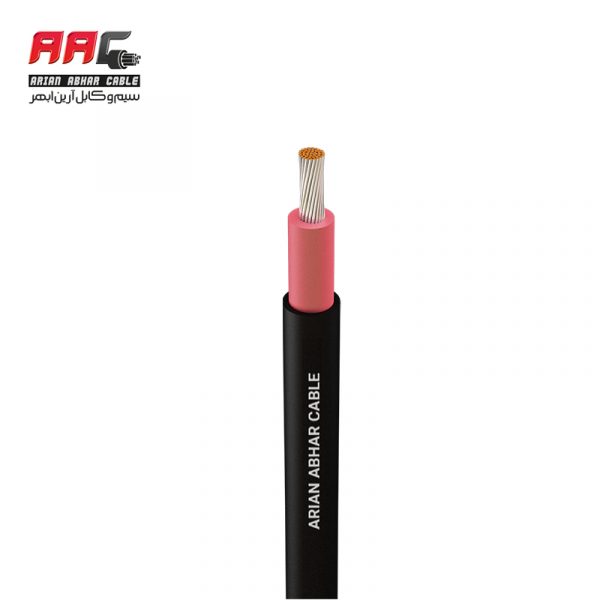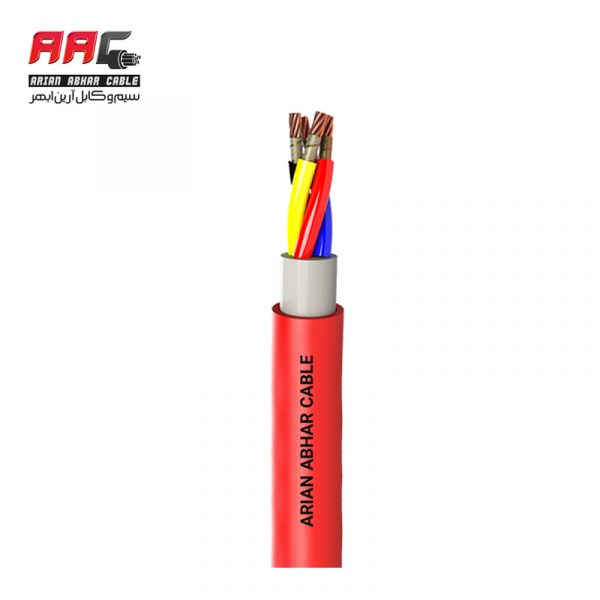In this article from Arian Abhar wire and cable, we have explained about light-weight cables, stay with us.
The general structure and application of lightweight cables
Light Duty Flexible Cables are among the cables used in the production of small household appliances and devices with light mechanical load. These cables often have an annealed copper current conductor and are highly flexible. If you look at the electrical appliances in your home, you will often see light-emitting cables. These cables are used in these devices for specific reasons, which we will explain below.
One of the most important reasons for the correct operation of electrical appliances is the use of a suitable cable to connect to the power source and standard wires in the body of the device. Using non-standard or inappropriate wires and cables causes electrical connections and damage to the parts of electrical devices. Light-weight cables are one of the best options for use in small electrical devices.
Specifications of light-weight cables
The most obvious feature of the lightweight cable is its high flexibility. When the cable is not fixed in a certain place and it is moving and meandering over time, it is better to use the Afashan cable. These cables consist of several single stranded wires. The current conductor in these cables is copper, which is a powerful and widely used conductor in the electricity industry. PVC, which is a kind of light and resistant polymer material, is used to cover light-weight cables.
The thinner the wires used in a string, the more flexible and soft it is. The bending power and high flexibility of the light cable is also for this reason; On the other hand, the use of thin wires has reduced the mechanical resistance of these cables. Forget the idea of using this cable in industrial electrical devices and machines; Also, it is not suitable to use this cable in outdoor environments.
Types of lightweight cables and the differences between them
Fashan light cable is divided into flat and round models. These names refer to the cross-sectional surface of the cable, which can be round or flat. You can see round cables in many devices. These cables have been used in the past and are still used in electrical devices. Flat cable is a more up-to-date model that has received serious attention from various industries since 2015. In the following, we will explain some major differences between round and flat light cables.
In terms of age and durability, round cables have a longer lifespan than flat cables.
The safety of flat cables is higher and people who are looking for better performance choose this product.
The flat-style sprinkler cable takes up less space and is much easier to cover and hide.
The efficiency of flat cables is higher than round cables. The surface of these cables is more compared to their volume and as a result they have a higher capacity.
The weight of flat light cables is less than round ones.
Flat cables have higher flexibility and more powerful configuration than round cables.
Finally, the use of the best light-emitting cables in various electrical devices should be based on their specific application and characteristics.
Study suggestion: Spray control cable
The use of light spraying cables
So far, you have become familiar with the general structure, types and some applications of light-emitting cables. The high flexibility of these cables has caused them to be widely used in the production of household appliances. In the following, you will get to know some of these devices.
Household voltage protectors are equipped with a light spray type connection cable. These devices are designed and manufactured to control excess voltage.
Chandeliers, lampshades and many lighting equipments in buildings that are installed as pendants.
The connecting cable in most household electrical appliances, such as mixers, juicers, fans, mixers, vacuum cleaners, televisions, audio devices, monitors, telephoto cameras, and other office electrical equipment, is of the light spray type.
Reading light and other portable lighting equipment
The use of light-emitting cables is very wide, and above we mentioned only a few of their common examples. When there is no need for high resistance and strength and flexibility is the first word, these cables are the best and most practical option.
Visit this page for more information about single strand power cables.






No comment